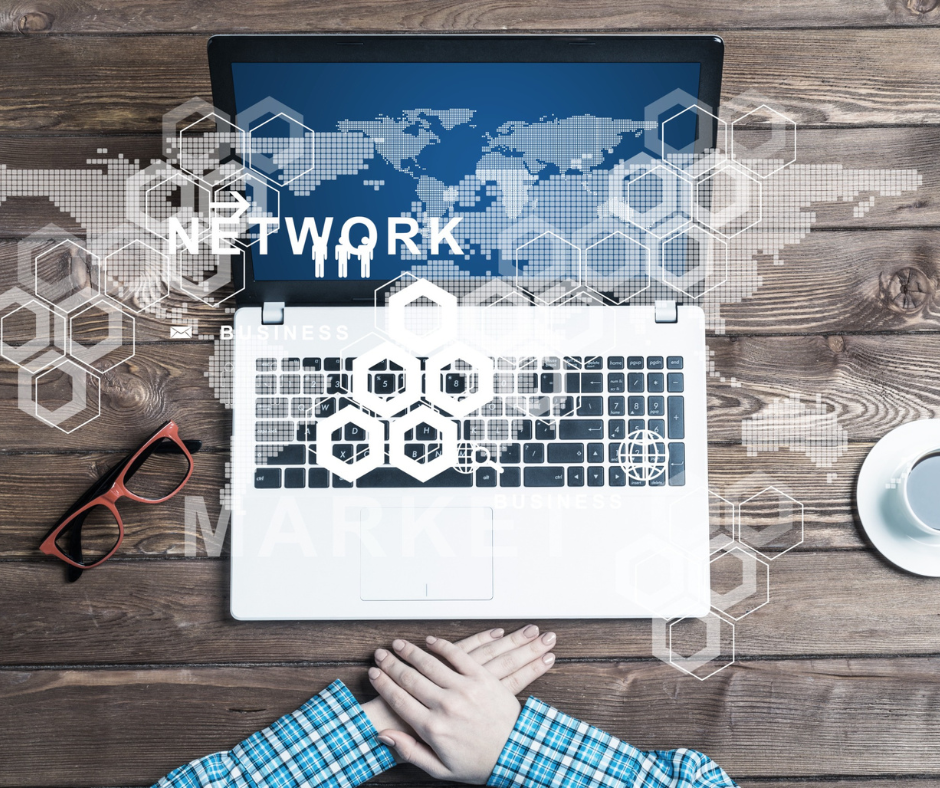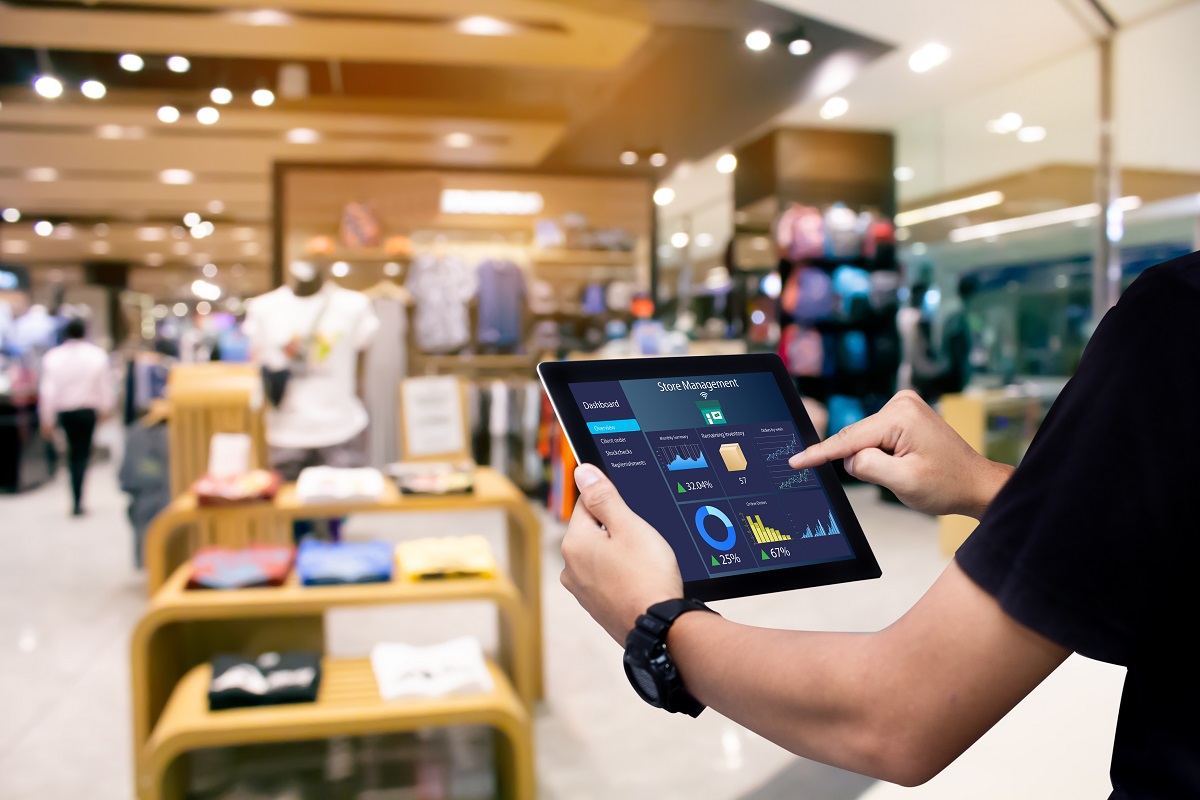Weighing Your Options: SD-WAN Renewal or SASE Adoption?
Technology is constantly evolving, just like the business landscape it supports. This evolution may have prompted your organization to transition to SD-WAN years ago, as it offered significant advantages over MPLS at the time. However, with the rapid pace of innovation, it’s worth asking: Is SD-WAN still the right investment, or is it time to embrace the next generation of technology?



















